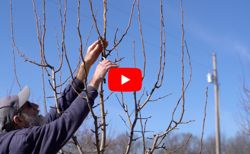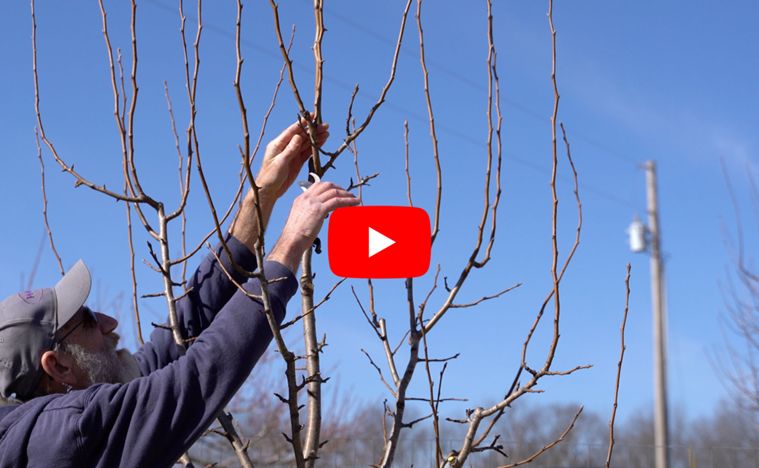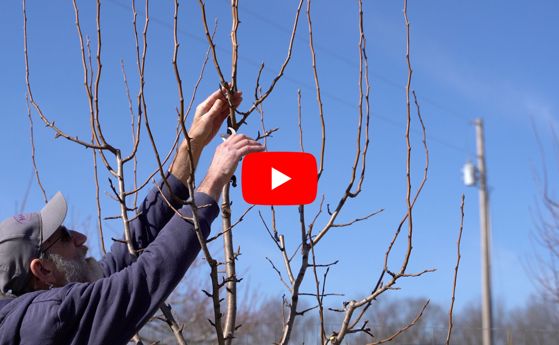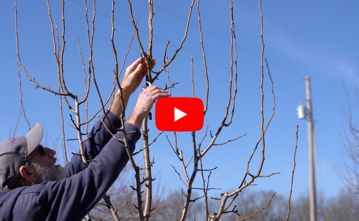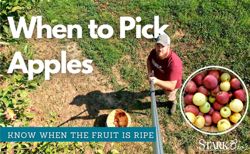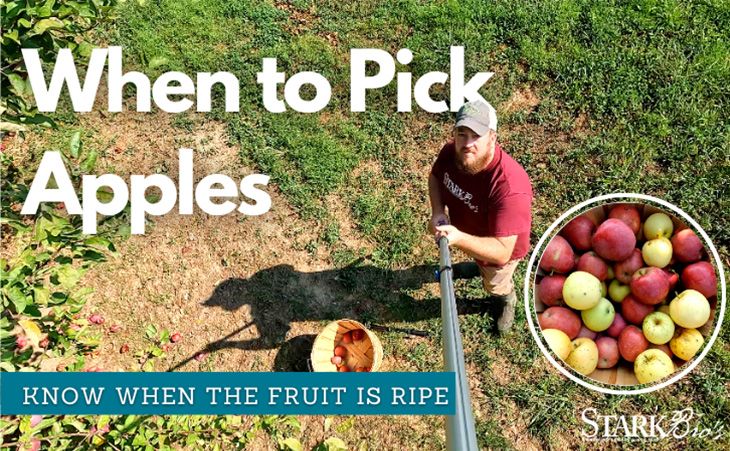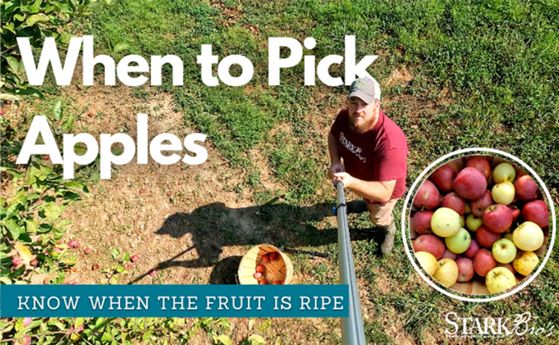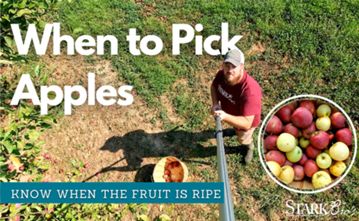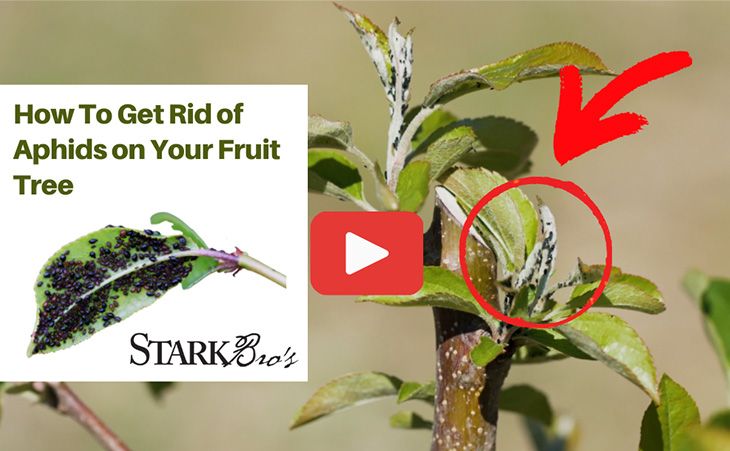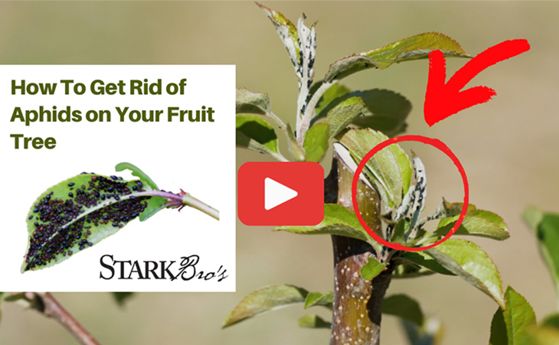Keep Apples Fresh Longer - Proper Storage for Your Apple Harvest
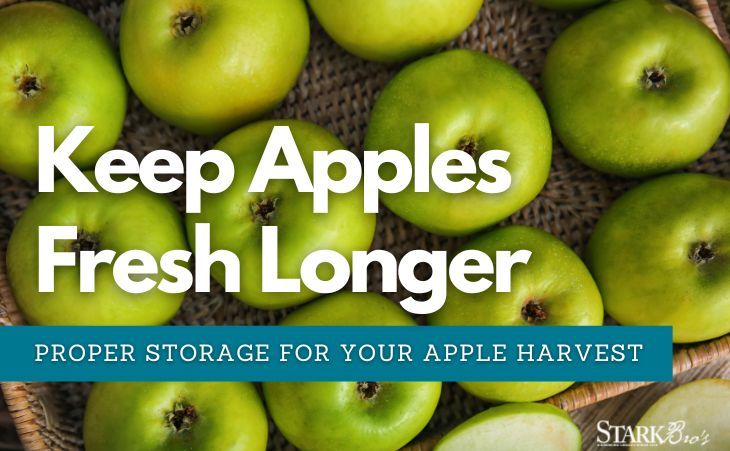
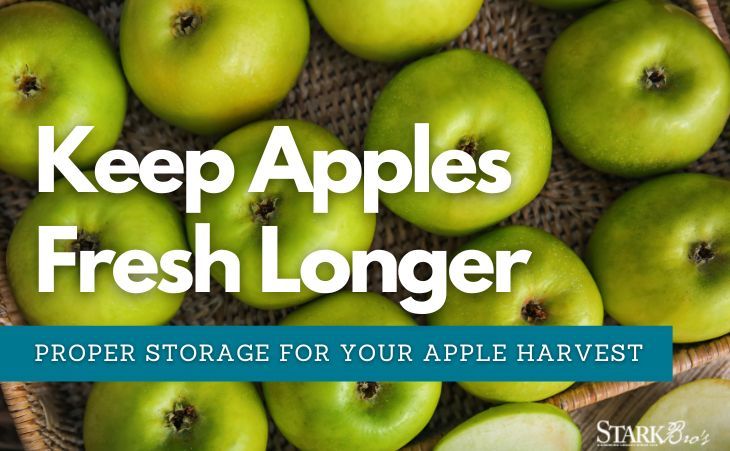
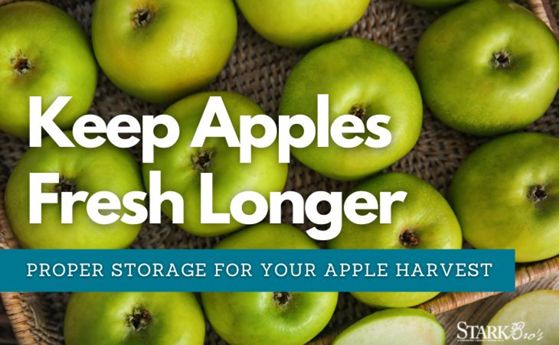
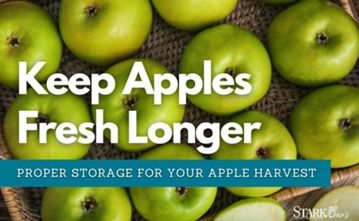
What Are the Best Apples for Long-Term Storage?
When choosing which apple trees to plant, an important factor you may consider is the storage quality of the fruit. Storage quality also varies by cultivar. The best apples to store long-term have thick skin and tend to be crisp and tart. Apple varieties such as Gala, Granny Smith, Fuji, McIntosh, Winesap, Honeycrisp, Northern Spy, and Rome are known to store very well given the proper conditions.
Of course, a healthy tree that isn’t hindered by pests or disease will produce larger apples that store better than infected smaller fruits.
Aside from being a good keeper, homesteaders and fruit growers might also consider the ripening windows of the trees they desire. Depending on how you plan on utilizing your crop, you may prefer a staggered harvest or for a large crop to ripen at once. Confirm the ripening window for each variety of apple tree you choose to plant according to your preferences.
Noting the details about the apple cultivars you’ve selected will help you plan on how to best store and utilize your harvest.
Harvest With Care
Peak apple season in the U.S. is from September to November. Keep in mind that your harvest window depends on the variety, as well as environmental factors such as weather and the overall health of your fruit trees.
Check on your trees often since apples on the same tree can ripen at different times as well. Apples tend to ripen from the top down and fruits that get more sun on the exterior will also ripen first. When apples are ripe, they should pull off easily at the stem with a simple twist. For a longer-lasting crop, try to harvest the fruit with the stem still on.
When picking, choose the best fruits to store and set aside any rotten or overly blemished fruit. Apples with bruises produce ethylene gas, which speeds up the rate at which surrounding apples ripen and rot. The bruised or even wrinkled fruit can still be used in your favorite recipes or as a tasty treat for your farm animals. Once harvested, start prepping right away for long-term storage.
How to Store Apples
To retain that fresh-picked flavor for your apples, you’ll want to store them in a cool place. Ideally, storage temperature should be around 30 to 35 degrees F. with 90 to 95 percent relative humidity – with these conditions, your harvest will last the longest.
You should only wash apples before you're about to eat them. Washing apples ahead of time will dramatically reduce their shelf-life. Keeping the stems on, if possible, also increases storage quality.
Short-Term Storage - If you don’t have many apples, they can be stored in your refrigerator. Place them in the crisper drawer in a plastic bag with holes in it or cover the apples with a damp paper towel. Don't store other vegetables in the same drawer because apples give off ethylene gas, which can speed up the decay of neighboring produce.
Long-Term Storage – For larger quantities, store apples in a cool, dark place that's relatively humid. Traditionally and for best results you would want to store produce in a root cellar that stays within the recommended temperatures mentioned above. Although, you can still get a longer life out of your apples by utilizing a space in your home with similar conditions such as a basement, extra refrigerator, unheated garage, or cool closet.

Place apples in a single layer on a tray or crate. Separate the layers of apples with a piece of newspaper or kraft paper if possible. Keep in mind that for longevity, apples should not be touching during storage. Get creative in ways to keep them separate. We’ve seen homesteaders create custom orchard racks out of scrap wood or make use of recycled produce containers. The key is to work with what you have or what you can create!
Check the apples periodically and remove any that are spoiling. Use up the larger apples first because they tend to get soft before the smaller ones.
Other Storage Solutions
Fall is a busy season, not only for harvesting some of your favorite fruits – but figuring out what to do with the bounty. Homesteaders will tell you, grow what you eat and preserve what you grow in a way that your family enjoys eating it! Apples are wonderful fresh, but when you have bushels and bushels of apples, you might as well use up the fruit in a variety of ways. Applesauce and Apple butter are popular canning and preserve choices. You can also dehydrate fruit – dried apples will keep well for about 6-12 months.
Another storage solution is to freeze the apples which can keep for up to six months in the freezer. Toss the cut apples in lemon juice to prevent them from browning, then dry them. You can then flash freeze the cut apples, or even whole apples, overnight.
After flash freezing, transfer them to a freezer bag for long-term storage. Note that freezing apples will cause them to lose their crispness and some of their texture. Frozen apples work best for recipes that require cooked apples, such as apple pie, apple butter, or apple sauce.
More Resources:
Which Apples Store the Best Long-term by A Farm Girl in the Making: https://afarmgirlinthemaking.com/which-apples-store-best-long-term/
A Guide to Creating Your Own Apple Storage Rack by Practical Self Reliance: https://practicalselfreliance.com/apple-storage-rack/

